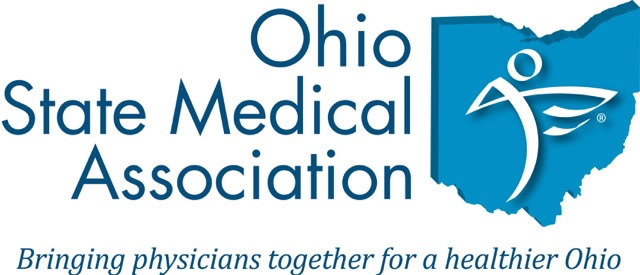Complete Story
02/12/2024
HHS Updates Opioid Treatment Program Regulations for First Time in 20 Years
Last week the Department of Health and Human Services (HHS) published new rules related to opioid treatment and issued the following statement.
HHS, through SAMHSA, published a final rule to comprehensively update regulations governing Opioid Treatment Programs (OTPs), the only programs where people can access methadone treatment for opioid use disorder. The final rule seeks to dramatically expand access to life-saving medications for opioid use disorder (MOUD) and to reduce stigma. Today’s updates are the first substantial changes to these regulations in more than two decades.
“This final rule represents a historic modernization of OTP regulations to help connect more Americans with effective treatment for opioid use disorders,” said Miriam E. Delphin-Rittmon, Ph.D., the HHS Assistant Secretary for Mental Health and Substance Use, and the leader of SAMHSA. “While this rule change will help anyone needing treatment, it will be particularly impactful for those in rural areas or with low income for whom reliable transportation can be a challenge, if not impossible. In short, this update will help those most in need.”
The final rule incorporates critical feedback submitted by treatment providers, advocates, and patients. Major provisions of the final rule that will expand access to medications for opioid use disorder while ensuring high-quality care include:
- Making permanent COVID-19 era flexibilities that expand eligibility for patients to receive take-home doses of methadone. This will help reduce the burden of transportation for frequent clinic visits. Research has shown that patients receiving take-home doses are more likely to remain in treatment and less likely to use illicit opioids.
- Allowing initiation of treatment via telehealth, including methadone via audio-visual telehealth technology and buprenorphine via audio-only technology, to remove transportation barriers.
- Expanding provider eligibility to allow nurse practitioners and physician assistants to order medications in OTPs, where state law allows, to reduce the burden on OTP operations and increase patient access to medications.
- Breaking down barriers to entry for treatment by removing the stringent admission criteria that had previously required patients to have a history of addiction for a full year before being eligible for treatment. This will help open more doors to treatment for more people when they need it and ensure that everyone can get the care they need.
- Expanding access to interim treatment, allowing patients to initiate medication treatment while awaiting further services to ensure people have access to care as soon as they are ready and reduce the barriers of treatment waitlists.
- Promoting patient-centered models of care that are aligned with management approaches for other chronic conditions.
In addition to reducing barriers to medication, the updated rule also removes stigmatizing and outdated language, and updates definitions to reflect current medical usage. While finalizing more flexible regulations for OTPs, SAMHSA will continue to maintain robust quality standards through accreditation requirements for all programs. The final OTP regulations will be published in the Federal Register on February 2, 2024. Following a 60-day period from the publication date, the new rules will take full effect within six months, providing OTPs with the opportunity to prepare for implementation.
